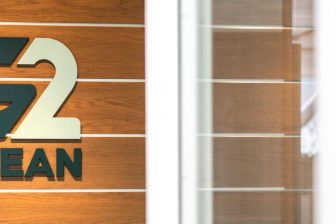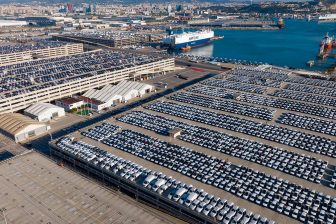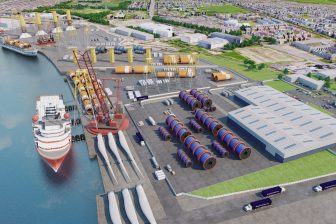
Ahlers predicts acceptable rates to return on long term, pre-Covid levels unlikely
Belgian logistics solutions provider Ahlers is certainly feeling the effects of high charter rates, and the lack of availability of equipment and space on vessels. Asked by Project Cargo Journal how this affects the operation at Ahlers, the company’s director of projects and machinery division, Jeroen De Ryck simply said, “A lot! We are getting rates now that are ten times higher than in the normal market. Even more of a problem is the fact that we can’t even get the equipment, or the guarantee that we can sail at this price level which is already incredibly high.”
Last year Covid caused unprecedented shutdowns across the global supply chains. China, which for apparent regions is called the Factory of the World, was one of the first regions where whole factories closed. The import of parts and raw materials, production, and the export of raw materials, parts, and finished products came to a standstill. This not only caused availability issues in many production facilities all over the world, but it also completely disrupted the ocean freight and air freight markets.
The biggest challenge is capacity. The factory of the world is back up to speed, but the goods waiting to be transported out of China are piling up at ports and warehouses. Ocean freight rates have gone through the roof. On some lanes, the price is ten times higher than it was before Covid. The company is seeing rates for containers out of China to Rotterdam hit $10,000 when previously these never went above $3,000.
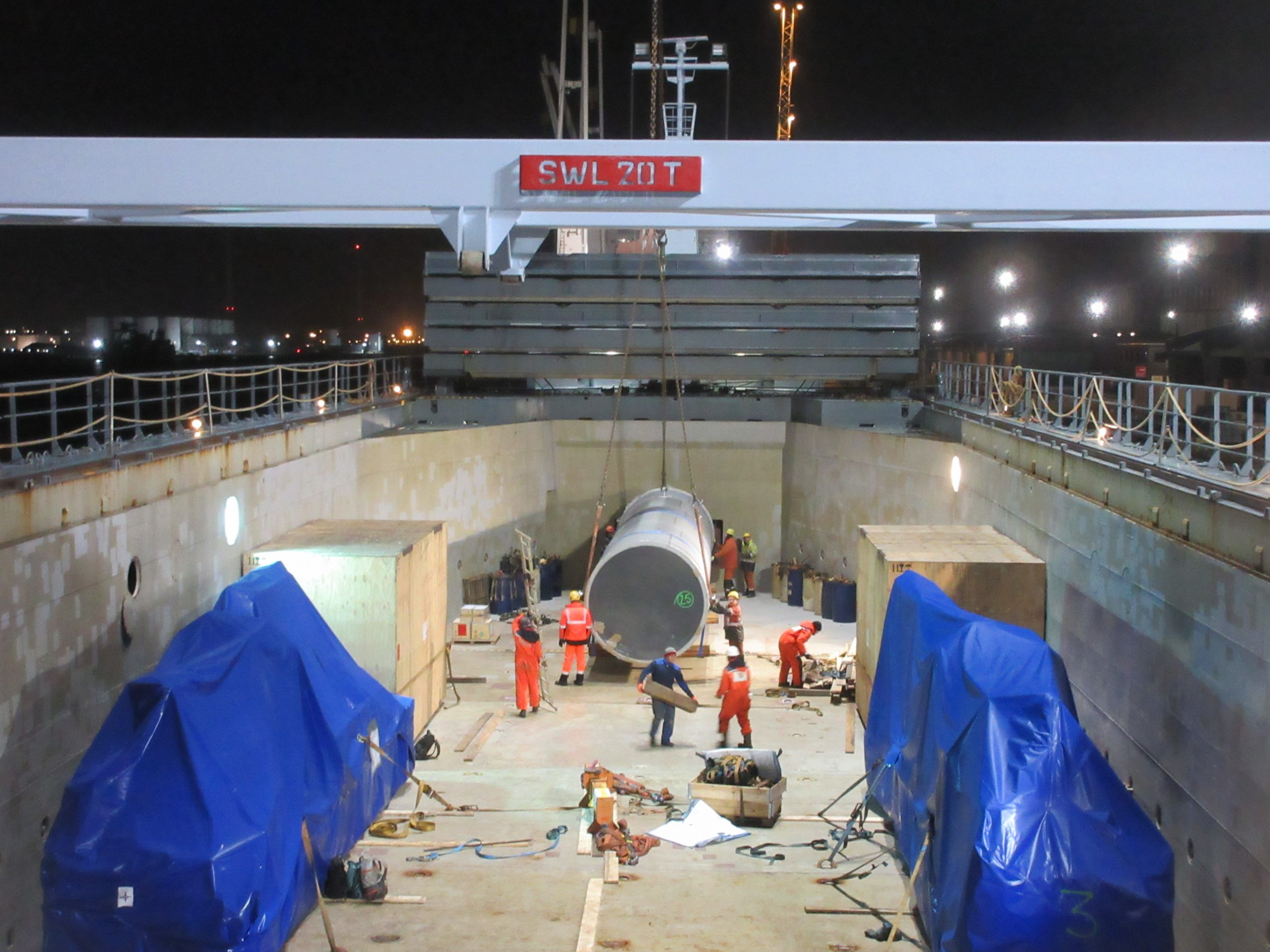
This was first observed in container freight in December last year, but it has since trickled down into the breakbulk sector as clients start looking for alternatives, De Ryck said. “The problem we are facing is that due to the difficult market situation, we are forced to offer solutions which may seem expensive to our clients, but this is simply due to the market. We are seeing project double or even triple in turnover already.”
Seeing the rates jumping to the said levels, it was only fair to ask whether we are seeing a new normal or prices could go back down to pre-Covid levels. “Impossible,” said De Ryck. “First of all, it has to be said that pre-Covid prices have been way too low already. With the consolidation of the container market, container carriers tried to do something about it. I don’t think the prices will drop down to the pre-Covid levels, but to rather acceptable levels. It is hard to say when this could happen. Some expected it in mid-2020, then in 2021, but we are still witnessing the prices rising. The market is still unstable and completely disrupted.”
Ahlers providing visibility in a disrupted market
Ahlers places a large amount of focus on the A-Z management of projects, in every aspect: transportation planning, customs clearance and documentation, assisting in obtaining lower or zero import duties or taxes, monitoring of cargo or contact with the different suppliers and the final receiver. The company’s main market is the CIS and it has built up quite some experience in the metallurgic, petrochemical and the Oil & Gas industry. The complexity of these projects often is not in the transportation itself but in the preparational work and the correct documentation, communication, and reporting.
The company boasts end-to-end full visibility of the supply chain it can provide to its customers through their solutions. However, parts of the supply chain remain quite manual from loading permits in Antwerp to the required paperwork within the CIS. Prior to the onset of Covid, automation and digitalization was a major topic, but it seems to have taken a back seat since companies have shuffled their priorities.
Speaking of automation of the processes, De Ryck noted that reporting is quite advanced and provides end-to-end visibility to clients. However, with the market in the state it is, it is impossible not to intervene.
Moving project cargo by rail
When dealing with project cargo, Ahlers is focusing on providing the tailor-made solutions most suitable, most economical and even greener, to its clients, and this automatically involves a multimodal approach. However, the company has gathered a lot of experience in moving cargo by rail.
“Besides of projects, we handle yearly around 800 to 1000 units of mining equipment (excavators, dump trucks, …) of the well-known brands, mostly ex China into the CIS, which gives us broad experience in OOG-rail transport and trucking along the new Silk Road,” De Ryck said.
Asked whether the CIS model could be applied in other regions, De Ryck said it is something that is being done for some time now, when it comes to standardised containers. However, this model is not as much applicable in the EU.
“First of all, the longer the distance, the more it becomes useful. So, for example, in Europe, I don’t think it is that much applicable, not for projects. When it is about standard containers, it is done and it has been done for a long time. When you talk about oversized cargo it becomes very useful when you cross thousands of kilometres,” he said.
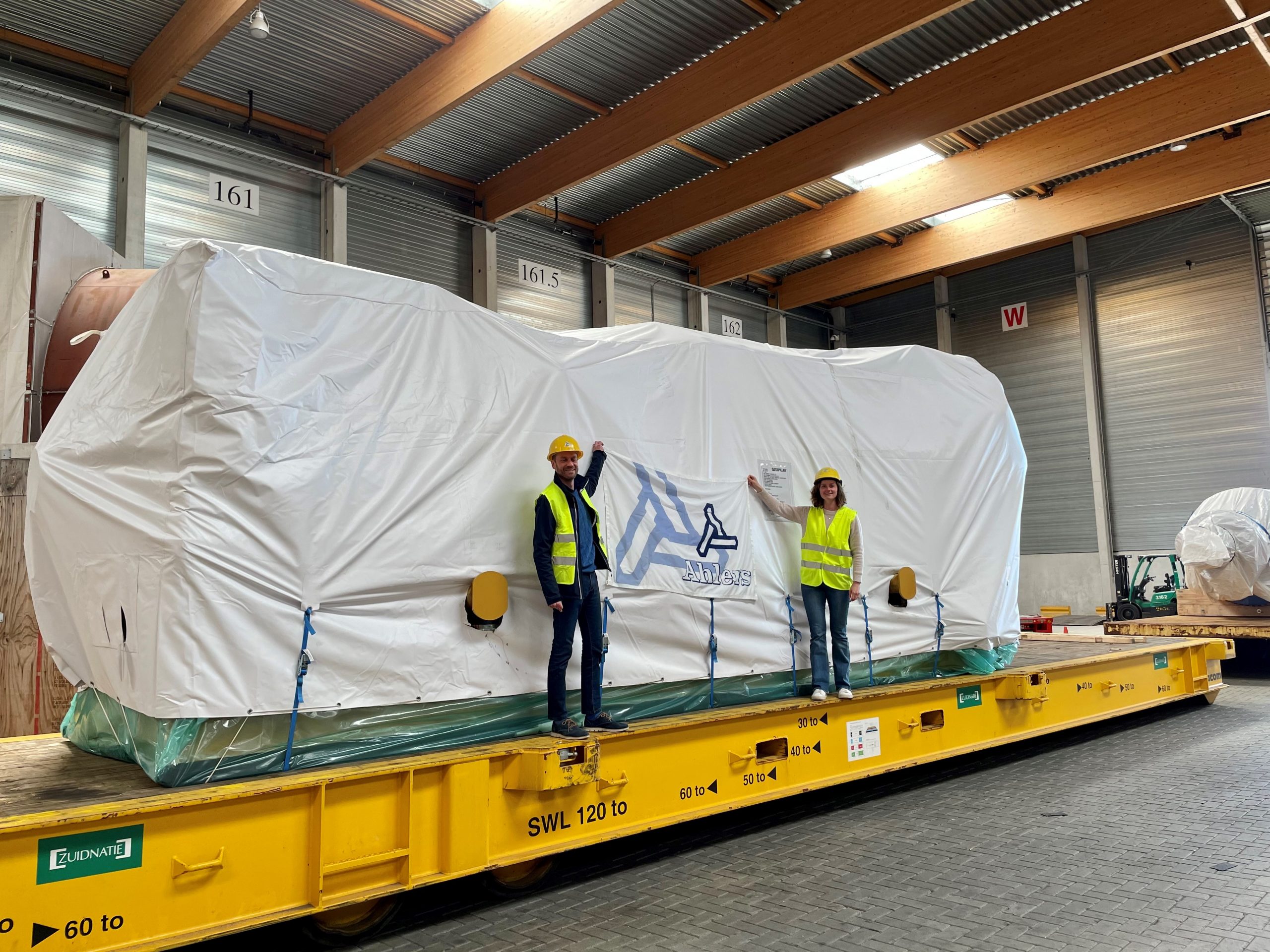
More project cargo movement is seen in the United States where there is more distance to cover. This also makes the rail the faster, safer, cheaper and even a greener option. There are, however, some restrictions for project cargo though, when it comes to delivery by rail.
“Of course, especially in the CIS where there are many bridges and tunnels, restricting the dimensions of the cargo, moving everything by rail is impossible,” adds De Ryck. “There is also a lot of lashing and securing, because there is a lot more G force on the equipment compared to road transport. It also requires specialised equipment to transport project cargo, as well as permissions by the authorities.”
De Ryck added that moving project cargo by rail, due to the said restrictions requires a lot of pre-planning, feasibility studies and even engineering, but it perfectly makes sense when the scale of the project is higher and there is a longer distance to cover.
Ahlers offering greener solutions
In a push to decarbonise the supply chain, many companies are turning to greener solutions. As mentioned by De Ryck, transporting project cargo by rail can be the solution, where applicable. However, it is up to the clients to decide whether to opt for a greener solution or not, and in most cases, price is the deciding factor.
“What EPC contractors require now for the most part is that we provide calculations on the cost of CO2 emissions of a project,” De Ryck said, adding that it is something the company provides through their reporting tools already.
“When doing the feasibility study we provide CO2 cutting options, however, what we see is clients not yet being ready to pay for alternatives if the price is higher,” he said.
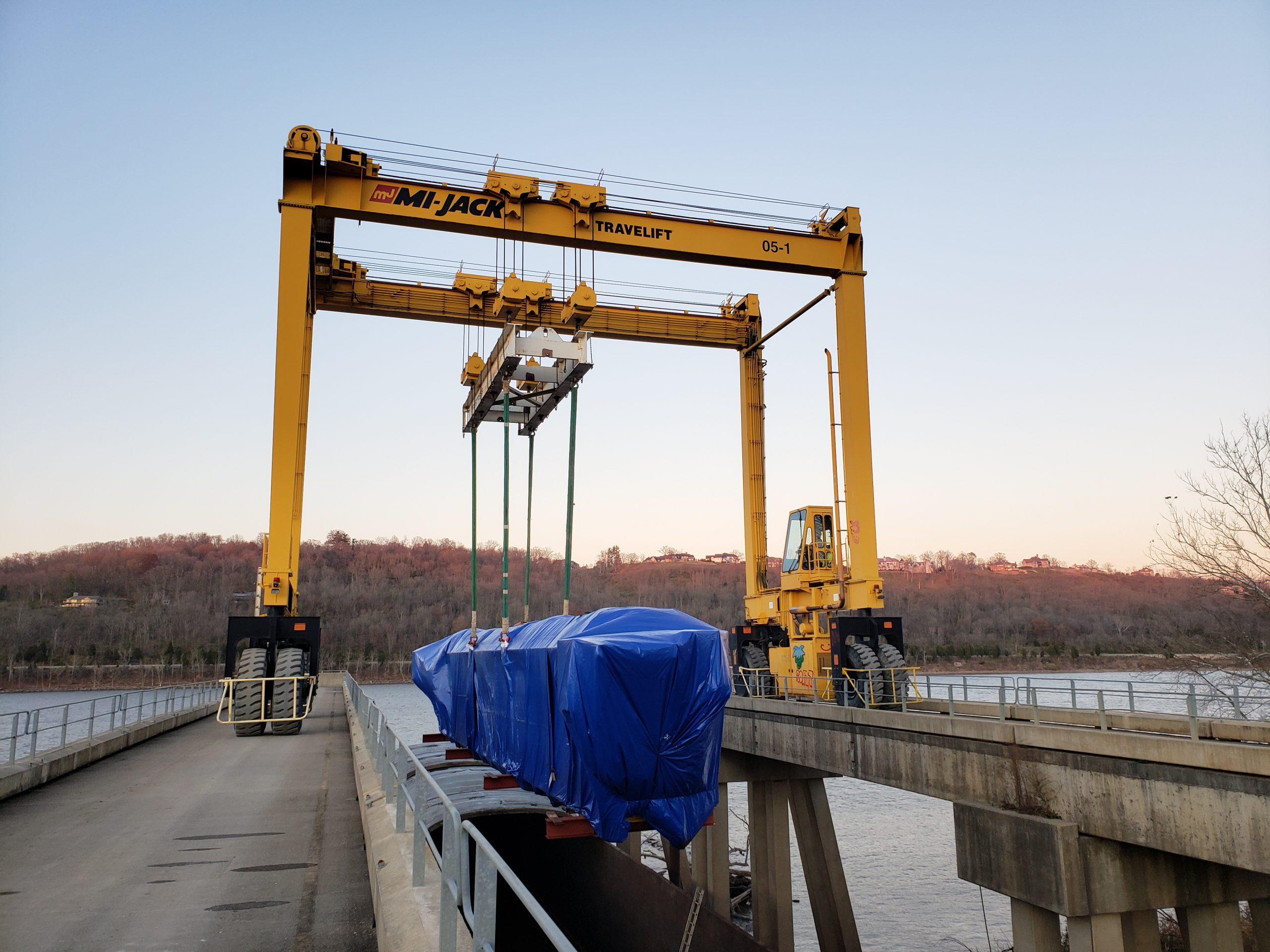
It takes time
Whether it is road, sea, rail, or air, all modes of transport are struggling to keep up with demand. This cannot be solved in the short term, so Ahlers does not expect a drop in rates in the short run. It will take weeks if not months for the shipping industry to get back up to speed, but it is slowly moving in the right direction. There are calmer waters ahead.
As for Ahlers, investments to further improve customer experience and information flow are key. Being customer centric is more important than ever as today customers are not looking for companies to help move freight, but companies that provide tailor-made solutions that fit them. This implies that Ahlers is constantly investing in both technology and customer service to make a difference.

